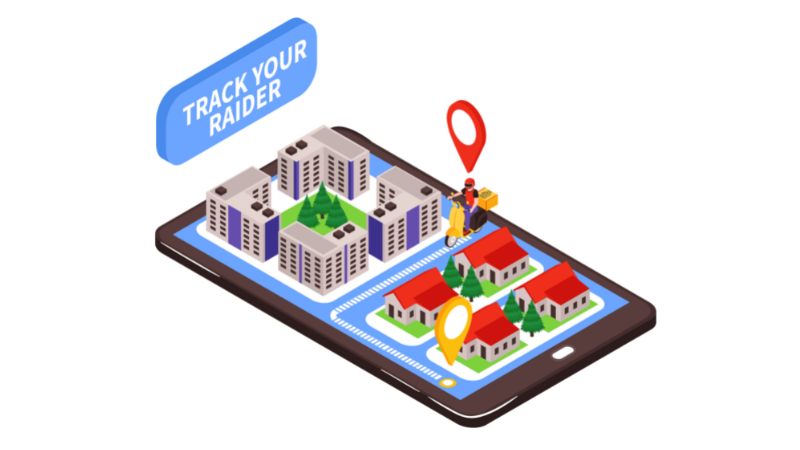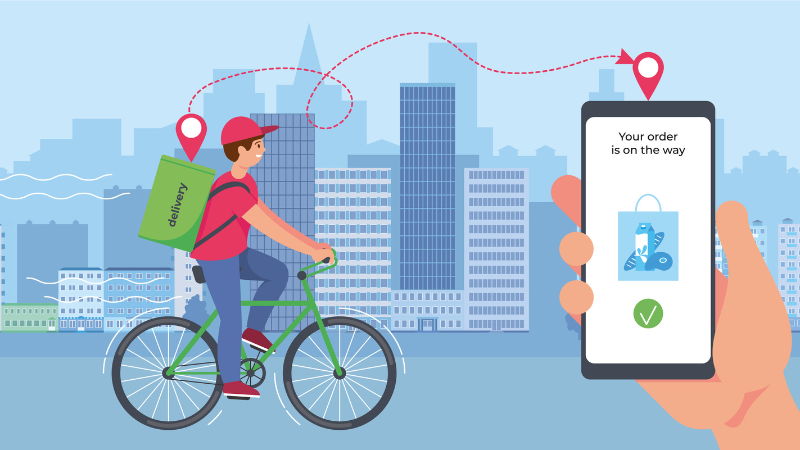The food delivery business is one of the most popular and rapidly growing industries today. izakaya by katsuya What started out as a way to provide convenience to people has blossomed into a thriving industry that offers many opportunities for entrepreneurs. However, the food delivery business faces several challenges that every business must face.
According to Statista, the global online food delivery sector was worth 107.44 billion USD in 2019. It is expected to reach 154.34 billion USD by 2023, growing at an 11.51 percent CAGR.

Image Credit: – www.statista.com
In this post, we’ll explore some of the most common challenges and how food delivery businesses can overcome them. Let’s take a look!
Top Food Delivery Business Challenges
1. Finding the Right Location and Procuring the Necessary Permits
The first challenge food delivery businesses face is finding a suitable location to set up shop. Many locations require permits that can be difficult or even impossible to obtain if you don’t have experience in obtaining such permissions. Additionally, some cities are simply not conducive to food deliveries, meaning you’ll need to find an alternate location if that’s what you’re looking for.
There are several ways to overcome this obstacle: First, research your potential location carefully and try to find a spot that meets all of your needs. Second, work with a local permitting company to help you get the necessary permissions. Finally, if all else fails, try applying for permits online or through an app like PermitBin. mutton handi delicious recipe by kitchen with zainab’s baba.
2. Managing Pricing and Expansion
Another challenge food delivery businesses face is managing pricing. While it can be tempting to low-ball your prices in order to compete against other food delivery services, this may not be the best strategy in the long run. If your prices are too low, you’ll likely lose customers who are willing to pay a bit more for quality service.
Conversely, if your prices are too high, you may not be able to recoup your initial investment and end up losing money. It’s important to find a comfortable middle ground where you can still make a profit while providing top-quality service.
One way to overcome this obstacle is by setting fixed prices for certain items (like delivery fees) and offering discounts on orders that exceed certain thresholds. Additionally, consider implementing surge pricing during busy hours or during special events like holidays. This will help offset the cost of increased demand and ensure that you’re still making a profit overall.
3. Managing Delivery Routes and Hours
Another challenge food delivery businesses face is managing their delivery routes and hours. Assuming you’ve chosen a feasible location and set pricing strategies, ensuring that your deliveries are timely and efficiently conducted can be the biggest obstacle to success. Delays in shipping can lead to angry customers who won’t wait long enough for their order, while overrunning your route during busy times may cause delays for other customers as well.
To overcome this obstacle, ensure that you have a clear understanding of your delivery area’s layout (including streets and addresses) as well as the busiest hours of the day.
You can also consider using delivery assistants to help with the logistics of your route and ensure that deliveries are made on time. In addition, setting up tracking mechanisms so customers can follow their order’s progress is a great way to keep them updated and satisfied.
5. Marketing Strategies
Another challenge food delivery businesses face is marketing. Unless you’re located in an area with a large population density, it may be difficult to attract new customers without spending money on advertising or other promotions.
Additionally, if your prices are too high or the quality of your food isn’t up to par, potential customers may be dissuaded from ordering.

Image Credit:- www.freepik.com
To overcome these difficulties, it’s important to develop a marketing strategy that targets your specific customer base. For example, you could offer free delivery or discounted rates to customers who make a purchase in addition to their order. You could also team up with local businesses and promote special deals on food delivered together.
In addition, you can use online and social media platforms to market your business to potential customers worldwide.
6. Technology and Operating Costs
Another obstacle that food delivery businesses face is the cost of technology. Unless you have a large budget, it may be difficult to invest in the necessary tools and infrastructure (such as GPS tracking systems or couriers who can carry heavy loads) to run your business successfully.

Image Credit:- www.freepik.com
In addition, operating costs (such as rent, salaries, and utilities) can often be high – making it difficult to remain profitable over an extended period of time.
To overcome these challenges, it’s important to evaluate your business and make prudent decisions about which technologies and strategies are necessary to ensure profitability. You can also seek out cost-effective partnerships or alliances with other food delivery businesses in order to lower operating costs.
6. Competition
With so many food delivery businesses available, it can be difficult to stand out from the crowd.
To compete successfully, you’ll need to focus on creating a unique app proposition and providing superior customer service. Additionally, you’ll need to ensure that your prices are reasonable and that your menu is comprehensive and diverse. Finally, it’s important to develop strong marketing strategies – including targeted online advertising – in order to attract new customers and retain existing ones.
8. Federal and State Regulations
Food delivery businesses must abide by a variety of federal and state regulations governing food safety, environmental protection, and worker rights. Failure to comply may result in fines or criminal charges.
It’s also important to be aware of scams targeting food delivery businesses. For example, unscrupulous operators may falsely accuse you of wrongdoing in order to obtain your premises or confidential information. Be sure to keep up-to-date on the latest industry trends and practices – including best practices for online marketing – so that you can protect yourself from scam artists and safeguard your business’s sensitive data.
Conclusion
From the above tips, it is clear that the food delivery business can be a successful one if you’re willing to put in some extra effort and have all your ducks in a row. However, before setting up your own food delivery business, make sure to first assess its profitability. For this, start with the basics such as determining how much money you want to make from each order and whether there are any nearby competitors who are already operating in the same field. Once you’ve done that, it’s time for action!
By now you should have prepared yourself for what lies ahead – starting a successful food delivery service that provides people across different parts of the city with delicious dishes at affordable prices!
